Check out our twelve most-viewed online lutherie articles from 2023
The Twelve Days of Christmas is wonderful and all that, but is particularly heavy with birds, don’t you think? Here at The Strad, we’ve compiled our very own Twelve Days of Lutherie, featuring our most-viewed online lutherie articles in 2023. You will find John Dilworth’s musings on the finer points of violin making in his Small Wonders series from 2013, as well as some instruments made from unusual materials, tips on making minor adjustments to instruments, plus some great examples from historical makers.
Click the title or the image to read the full article. Happy holiday reading!
The world’s first and only Bog Oak violin (as far as we know)
When asked about how he feels about using non-traditional woods in the future, Philip Taylor admits that the experience of making the Bog Oak violin has changed his attitudes, ‘I am still very much a traditionalist at heart, but we have to be realistic. It was a privilege to work with Bog Oak and to create the only violin of its type in the world, but it also opened my eyes to the possibility that as our traditional materials become scarcer, there could be other woods out there that we could be using to make beautiful musical instruments with.’
‘It felt like a Ferrari - 0 to 100 in just a few seconds’: Yuriy Bekker on his Andrea Guarneri violin
The 1688 ’ex-Degen’ Andrea Guarneri has several unusual characteristics. Most Andrea Guarneri have a gorgeous tone but do not have a big sound. This ’grandfather’ Guarneri is a powerhouse in sound production, but its volume does not detract from its beauty, complexity, and gorgeous variety of colours. The instrument is modeled as a Grand Pattern Amati and inside, the original label states it is ’Andrea Guarneri, alumnus Nicola Amati.’ In addition, it is listed with old photographs in the well-known Hill Guarneri book from 1931 as one of the first fine examples of a Guarneri.
Small Wonders: In praise of purfling
Purfling, it’s said, is the handwriting of the violin maker. Everyone manages to do it slightly differently, and recognisably; even master and pupil. One reason for the variation is the range of materials that have been used. Ebony, maple, beech, mahogany, walnut, paper, whalebone, boxwood: all give their own character to this slender but very important aspect of the violin’s personality. Which to my mind makes it so extraordinary that no combination or method improves on the old and original Cremonese combination of poplar and pearwood.
What to do if your violin bow won’t tighten or loosen
If your bow won’t tighten enough, never keep turning the screw in an attempt to force it to do more. There are actually two main parts to what most players call ‘the screw’. The portion that fits into the stick that screws into the eyelet attached to the frog is the actual ‘screw’, and the ‘button’ is the part you grasp. When you keep turning the screw past the point where there is any mortise left, you start pulling the button off the screw itself.
Small wonders: Building bridges
So what makes a good bridge? It isn’t just that it carries your name: it has to work well. It must fit, first of all. It has to sit firmly and easily on the front arch without pressure or twisting. If it needs the pressure of the strings to push it down to a snug fit, it is not secure and will ultimately bend, deform and slip. Cut the feet with a sharp eye and a sharp knife, and the first part of the job is done. Next, get the string heights right. This is not so cut and dried. Different strings, different playing styles, different bows.
On a recent visit to the Isle of Islay, home of several famous whisky distilleries, Neil Campbell sampled ‘a beautiful whisky,’ the 18-year-old Caol Ila. When he returned home with the idea to make a violin from a whisky barrel, he visited a local yard that sells barrels, and chanced upon one from the Caol Ila distillery.
’I found out that Caol Ila means “the Sound of Islay” meaning the stretch of water between Islay and the mainland,’ said Campbell. ’But what if a violin was made form a Caol Ila barrel? It too would qualify for the name “Sound of Islay”.’
Small wonders: The soundpost
Fitting the soundpost, though, is the test. The rule is: tension, position, fit – in that order of importance. I don’t know about the acoustics, but the post provides tension inside the instrument, and it’s also a fulcrum: its location behind the bridge determines how the vibrations are distributed across the instrument. So it has to be the correct length to give the right amount of tension, and it has to be pretty well exactly 0.5mm inside the bridge foot, 2.5mm behind it and absolutely vertical. The reason it has to fit well is so that it doesn’t damage the interior surfaces, and so that it can be adjusted easily. Make it much thinner than 6.5mm and you’re in danger of putting too much localised force against the splitty spruce of the top. Make it bigger and it won’t go in through the soundholes. If the post in your fiddle needs to be outside these specifications to make it sound well, there is something else seriously wrong with your violin
Ask the Experts: how to correct a violin bridge position
Hold the violin in your lap with a polishing cloth under the tailpiece, the neck towards the left, and the bass side towards you. Place your right-hand fingers under the tailpiece, with your thumb touching the bridge between the A and D strings. Next, place your left-hand fingers under the fingerboard with your left thumb touching the bridge, opposite your right thumb, also between the A and D strings (above).
With slight pressure from thumb to thumb, gently move the top of the bridge towards the tailpiece, keeping your right thumb in place as a brace. Using this technique should allow you to keep your bridge straight.
The Strad Calendar 2024: 1713 ‘Bass of Spain’ Antonio Stradivari cello
The cello is made on Stradivari’s ‘B form’ and has fairly full arching on both the top and back, rising prominently from the edges. The edgework is well rounded, remaining both substantial and light in appearance as it rises from the purfling. The upper and lower wings of the f-holes are quite long, while, true to Stradivari’s manner, the back of the scroll’s centre line is slightly off centre. The chamfers are emphasised in black ink. The red varnish has survived largely intact, despite the dramatic journey it underwent in the 19th century.
The Premio Paganini is celebrating its 70th anniversary by creating a 3D copy of the Guarneri del Gesù ‘Il Cannone’ violin, which famously belonged to Niccolò Paganini. The 3D-printed 1:1 copy is made with white resin and red nylon strings, representing the colours of the Saint George’s flag and the new logo for the competition.
The process was made possible through the technical partnership agreement between the Premio Paganini and the company 3DiTALY, as part of an initiative to relaunch Paganini’s image in Italy and abroad.
’The 3D “Il Cannone” is an opportunity provided by new technology, and it can be brought to schools and all over the city to recount Paganini in an unconventional way.’ commented the Mayor of Genoa, Marco Bucci. ’It is also important to highlight that this work was carried out through a technical sponsorship as part of the competition’s partnership research programme, and that all material relating to the scan and the digital model of the “Cannone” is now part of the archival heritage of the Municipality of Genoa.’
A beginner’s guide to identifying a Stradivarius
When you look at an instrument for the first time, there is a sort of mental checklist, unconscious or deliberate, that usually starts with ‘How old is it?’ It can be astonishing to hear someone state with conviction that an instrument was made ‘between 1760 and 1780’, say. How can you pick a couple of decades out of four centuries? With comparative ease, it turns out, if you have the historical knowledge and a practised eye.
The Strad Calendar 2024: c.1580 Gasparo da Salò viola
This viola’s maple back is in two pieces, marked by a handsome small curl slanting upwards from the centre joint. The ribs have a smaller curl, and the scroll is of plain maple. The top is of open-grained spruce and the varnish is light brown. ‘The scroll struck me as having an Art Deco quality, rather modern-looking, robust and quite different from the more delicate Cremonese scrolls,’ says Fulton. ‘The instrument’s tone also has a surprising quality I can only describe as “youthful”. It has the energy, strength, and immediate responsiveness of youth.’ It was formerly owned by Louis Krasner, the Russian-born US violinist who premiered the violin concertos of Alban Berg and Arnold Schoenberg.
An exclusive range of instrument making posters, books, calendars and information products published by and directly for sale from The Strad.
The Strad’s exclusive instrument posters, most with actual-size photos depicting every nuance of the instrument. Our posters are used by luthiers across the world as models for their own instruments, thanks to the detailed outlines and measurements on the back.
The number one source for a range of books covering making and stinged instruments with commentaries from today’s top instrument experts.
American collector David L. Fulton amassed one of the 20th century’s finest collections of stringed instruments. This year’s calendar pays tribute to some of these priceless treasures, including Yehudi Menuhin’s celebrated ‘Lord Wilton’ Guarneri, the Carlo Bergonzi once played by Fritz Kreisler, and four instruments by Antonio Stradivari.
Best of 2023: The Strad’s Twelve Days of Lutherie
- 1
 Currently reading
Currently readingBest of 2023: The Strad’s Twelve Days of Lutherie
- 2
- 3
- 4
- 5
- 6
- 7
- 8
- 9
- 10
- 11
- 12
- 13
























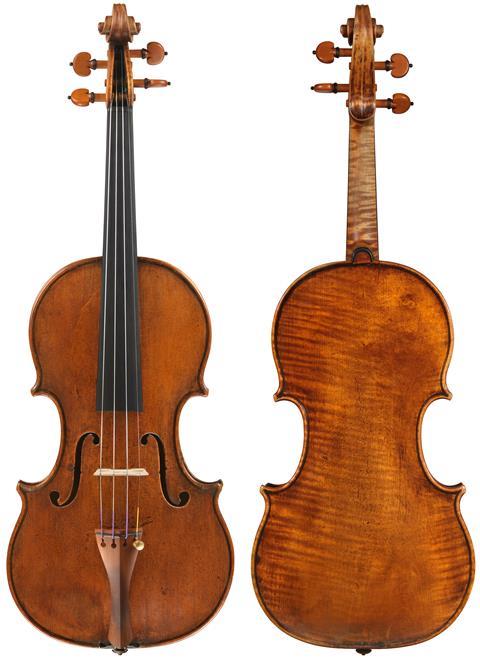
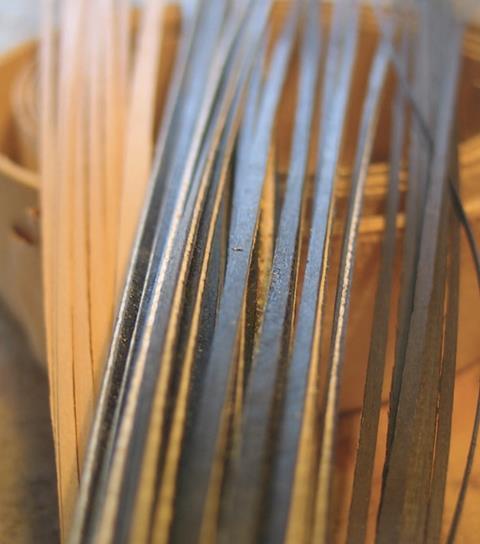

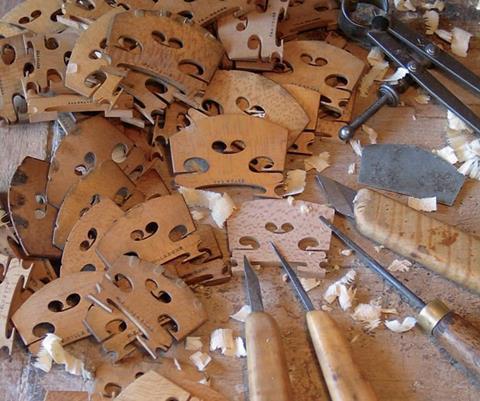
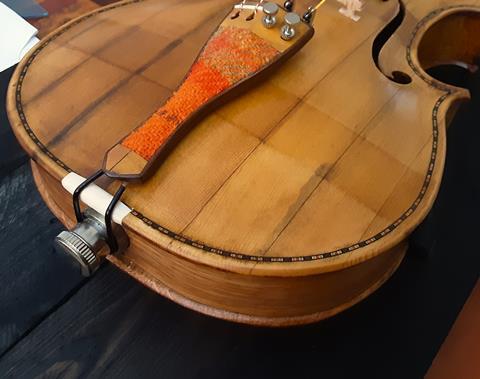
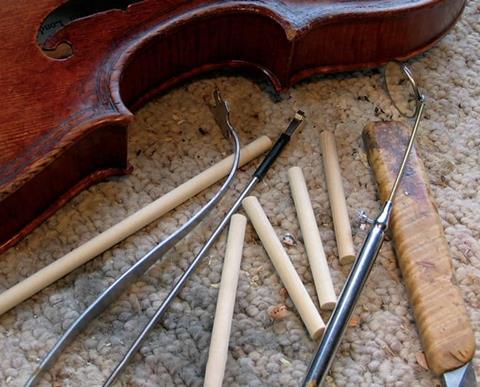
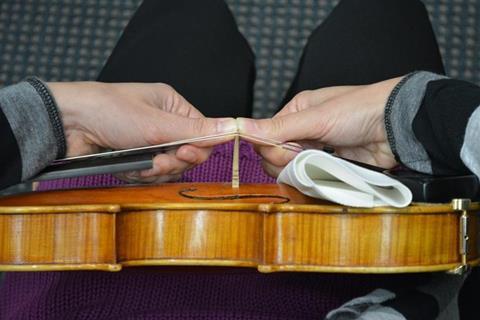

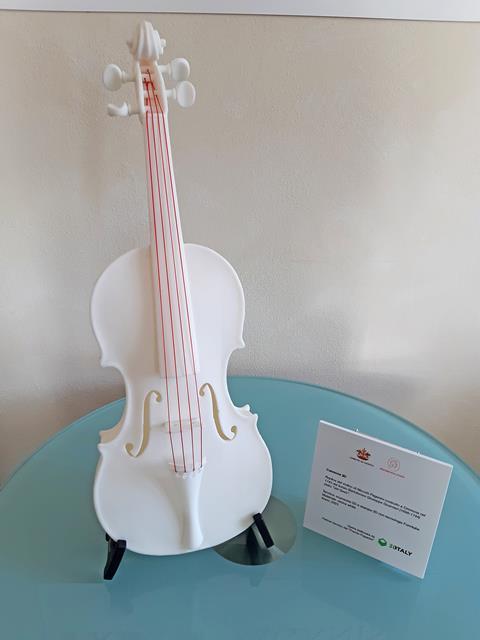
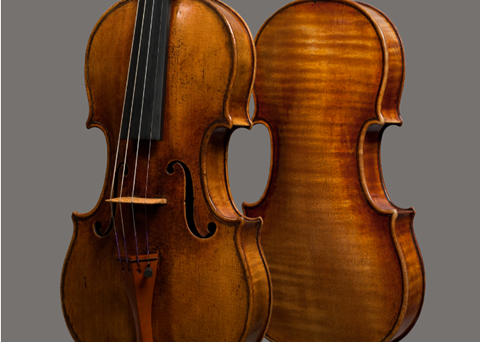
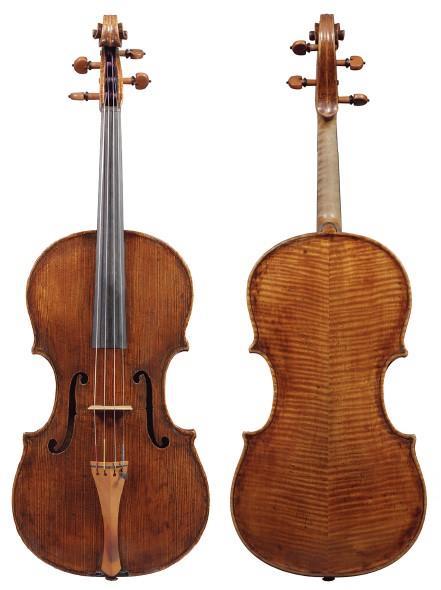

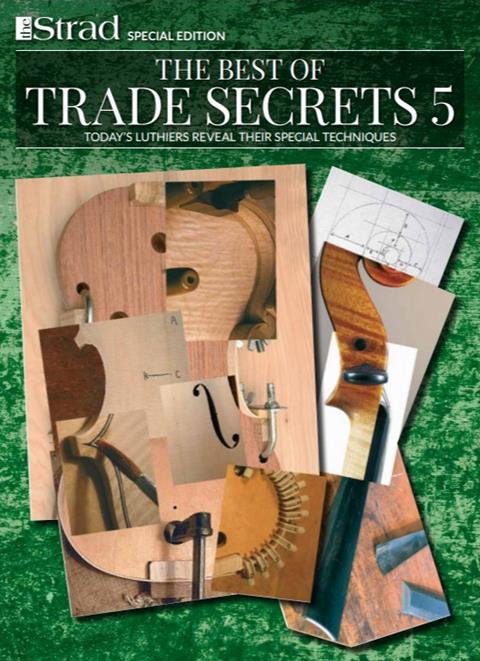
































No comments yet